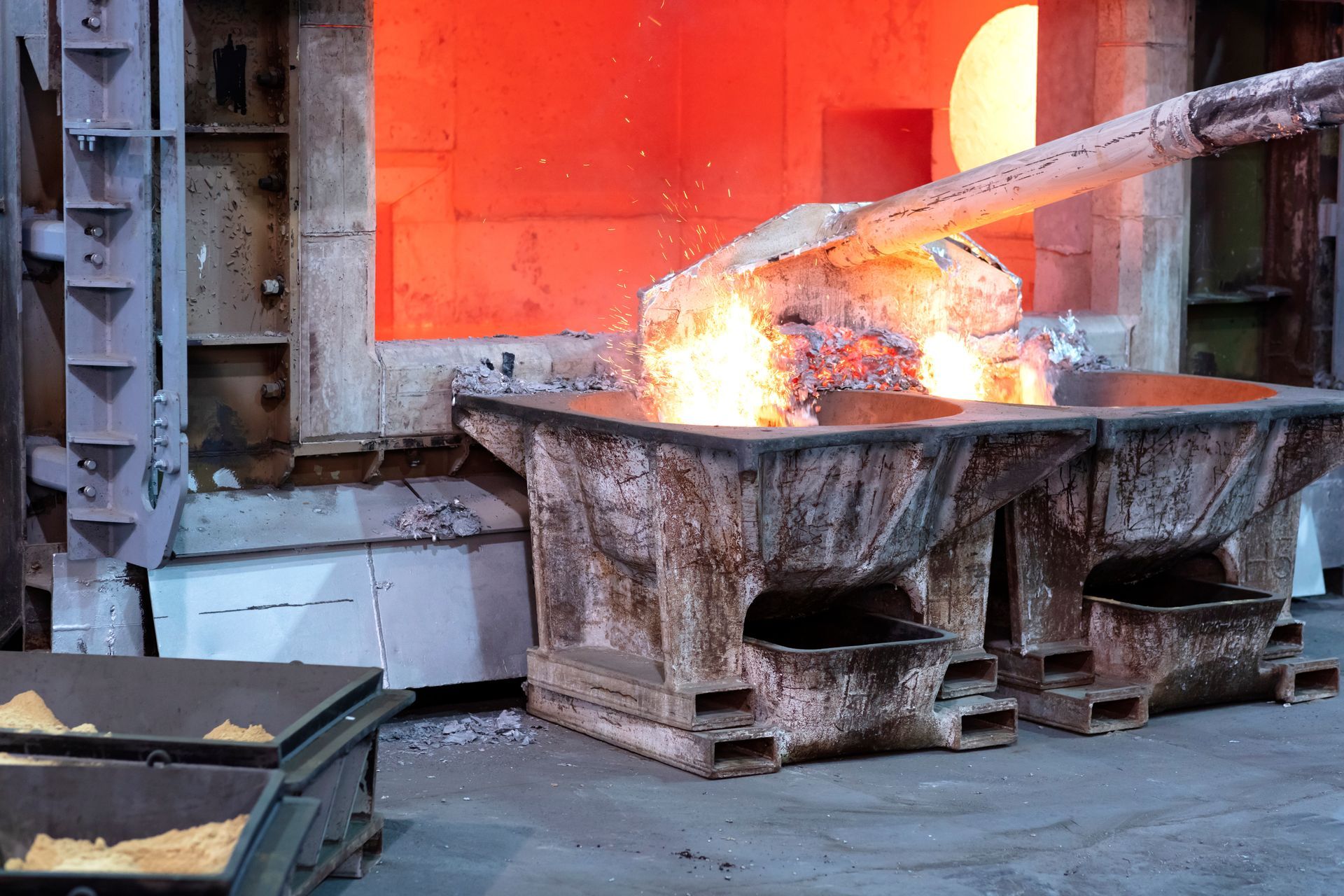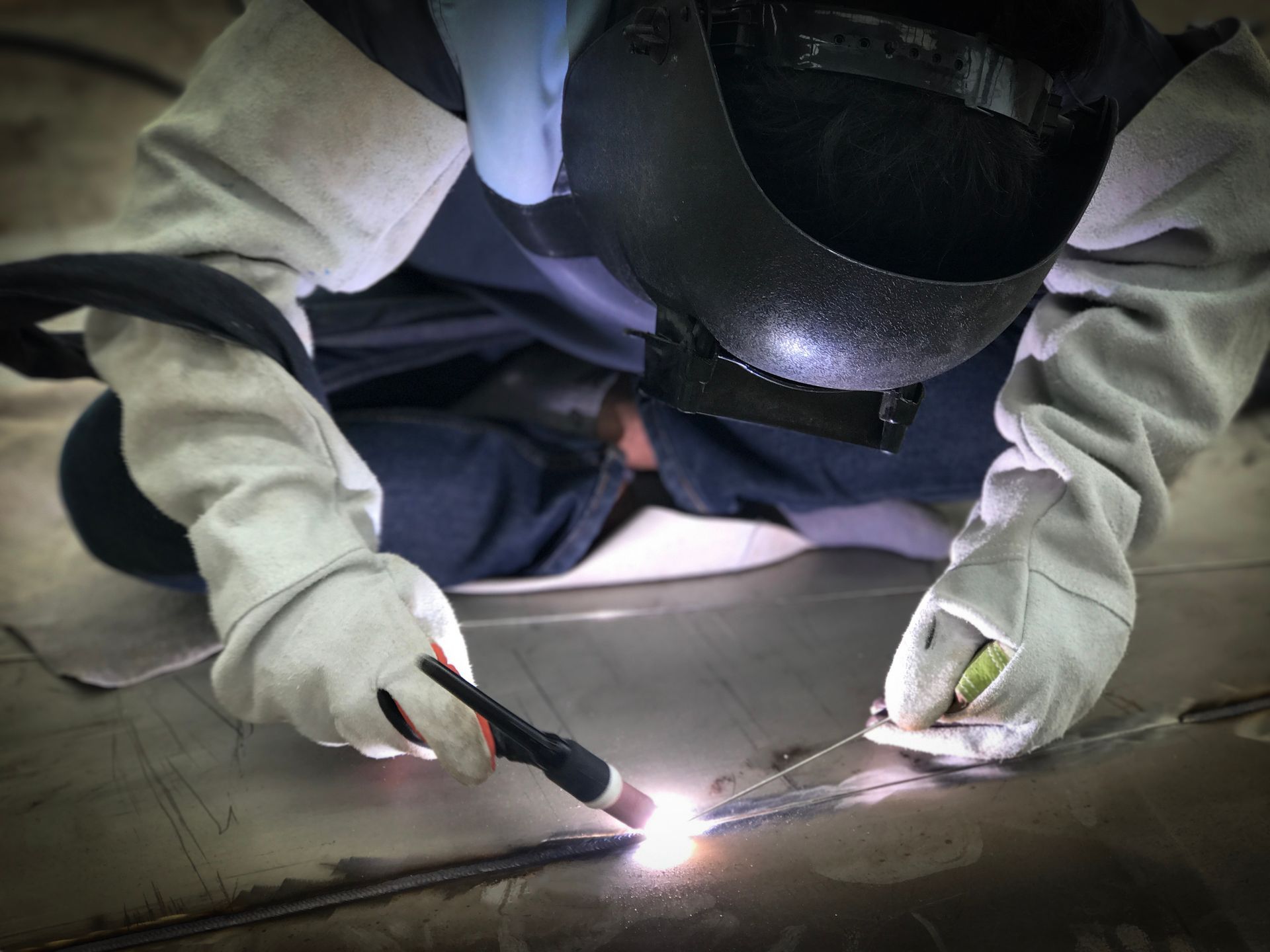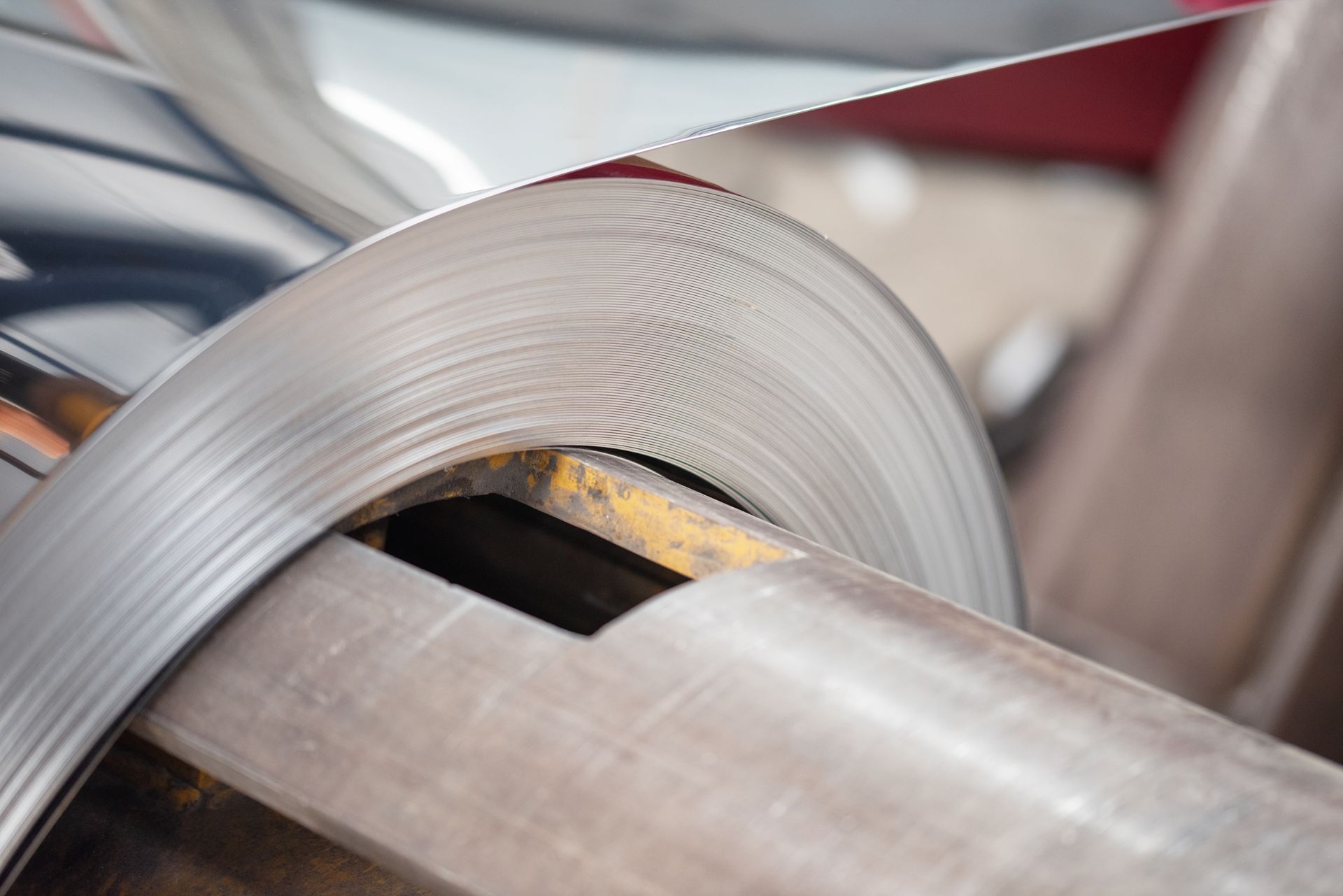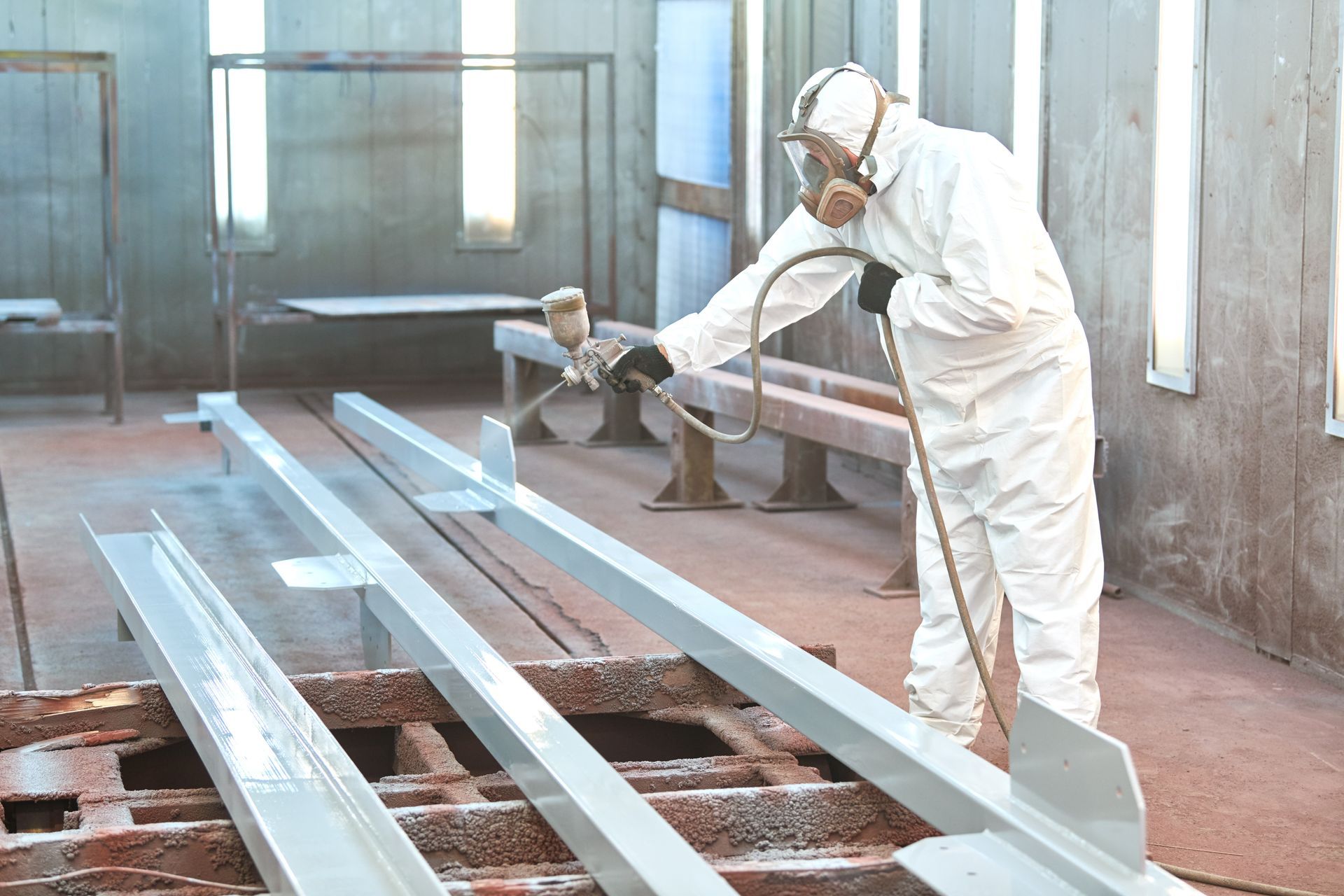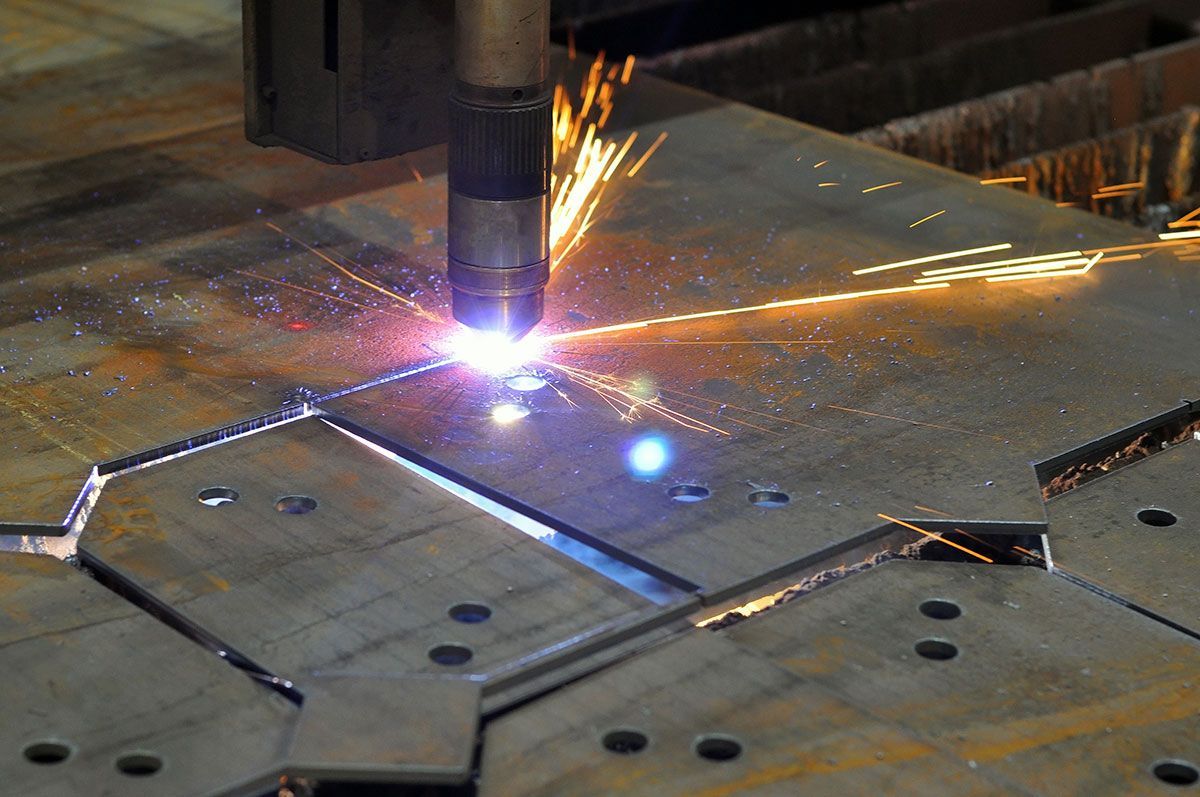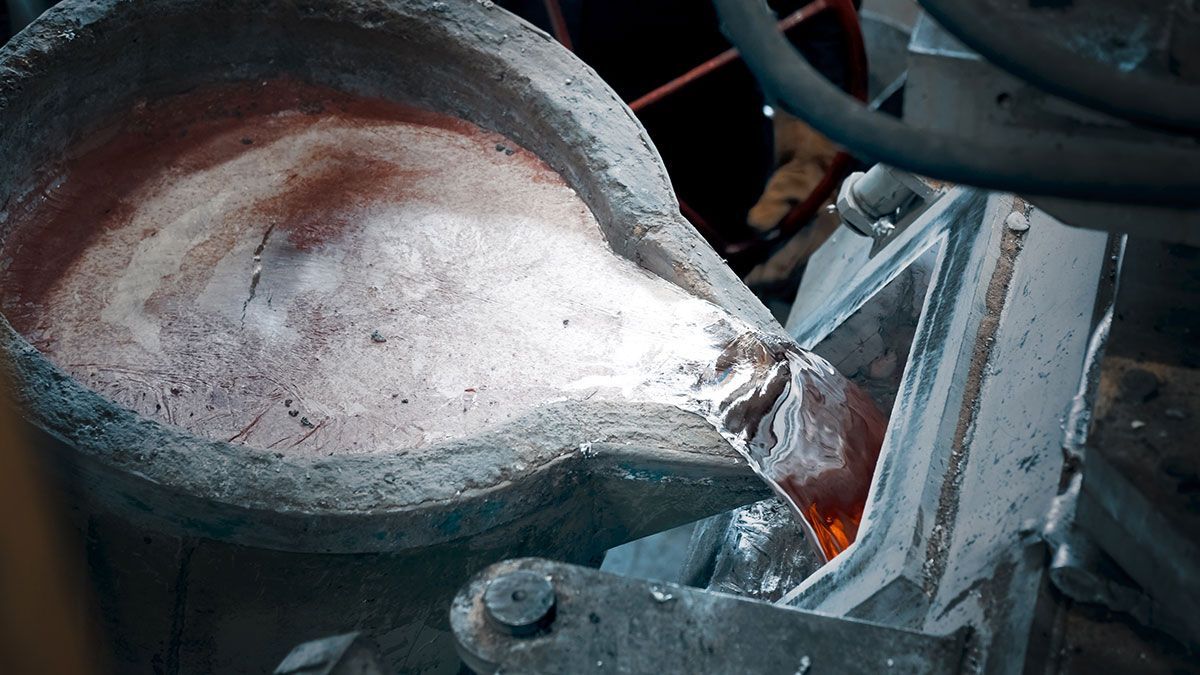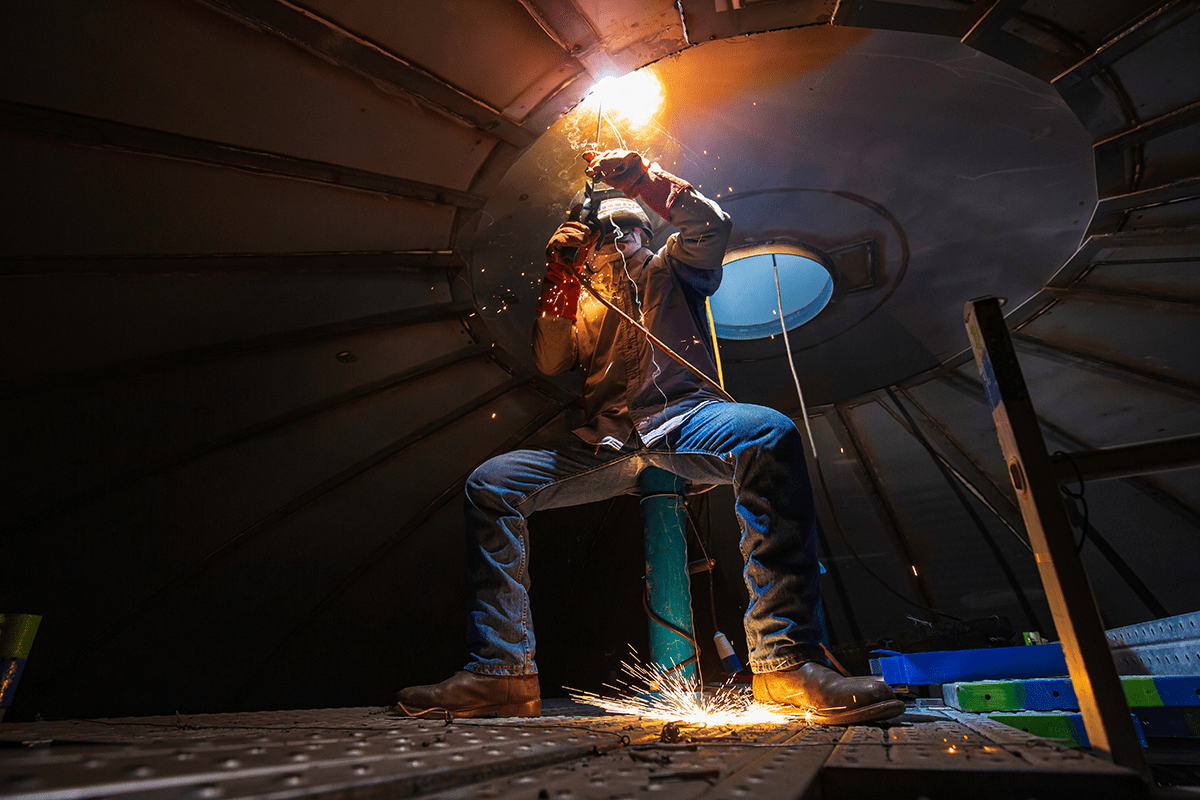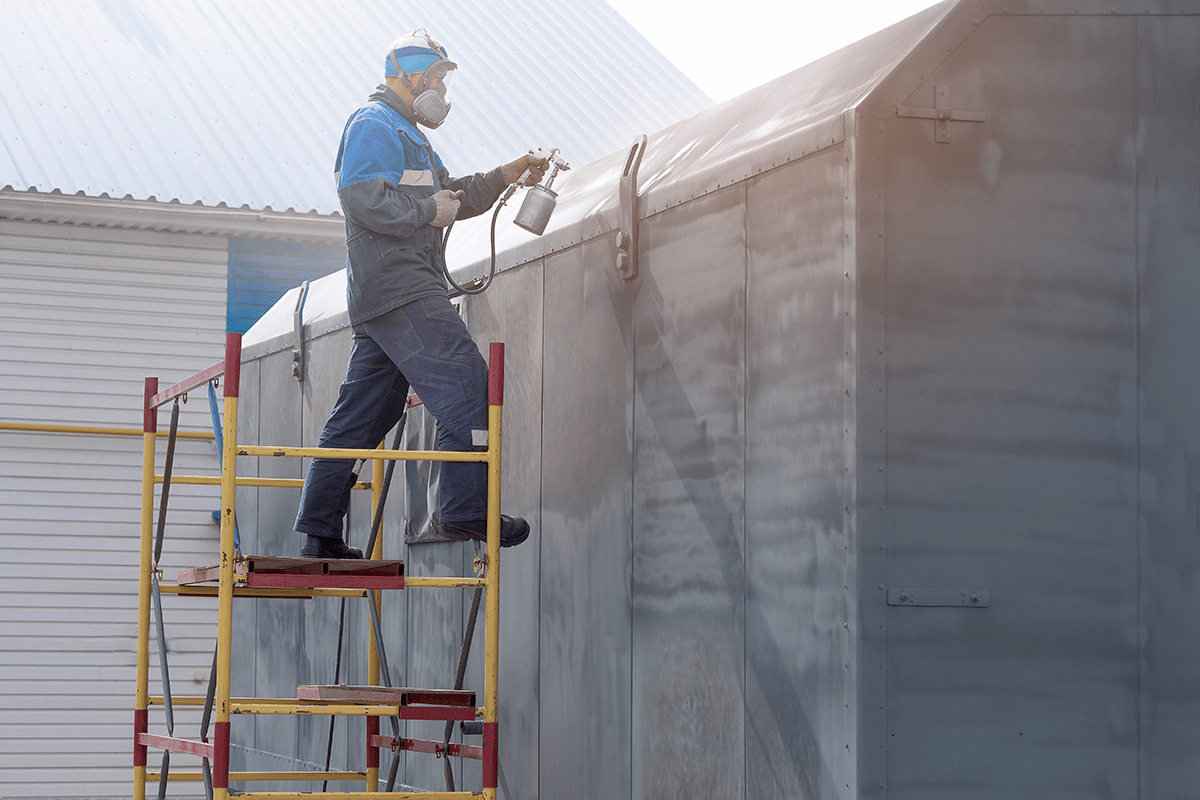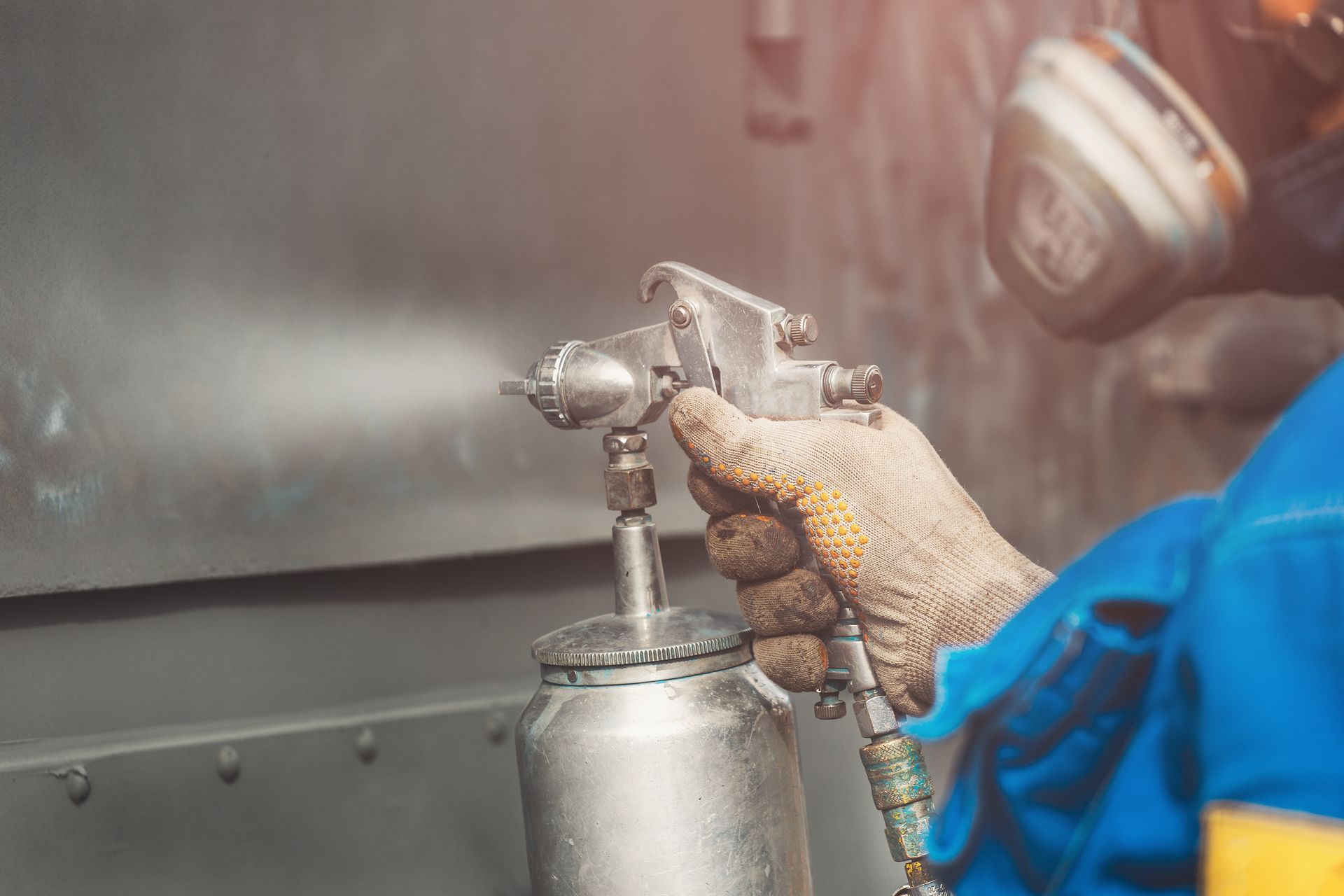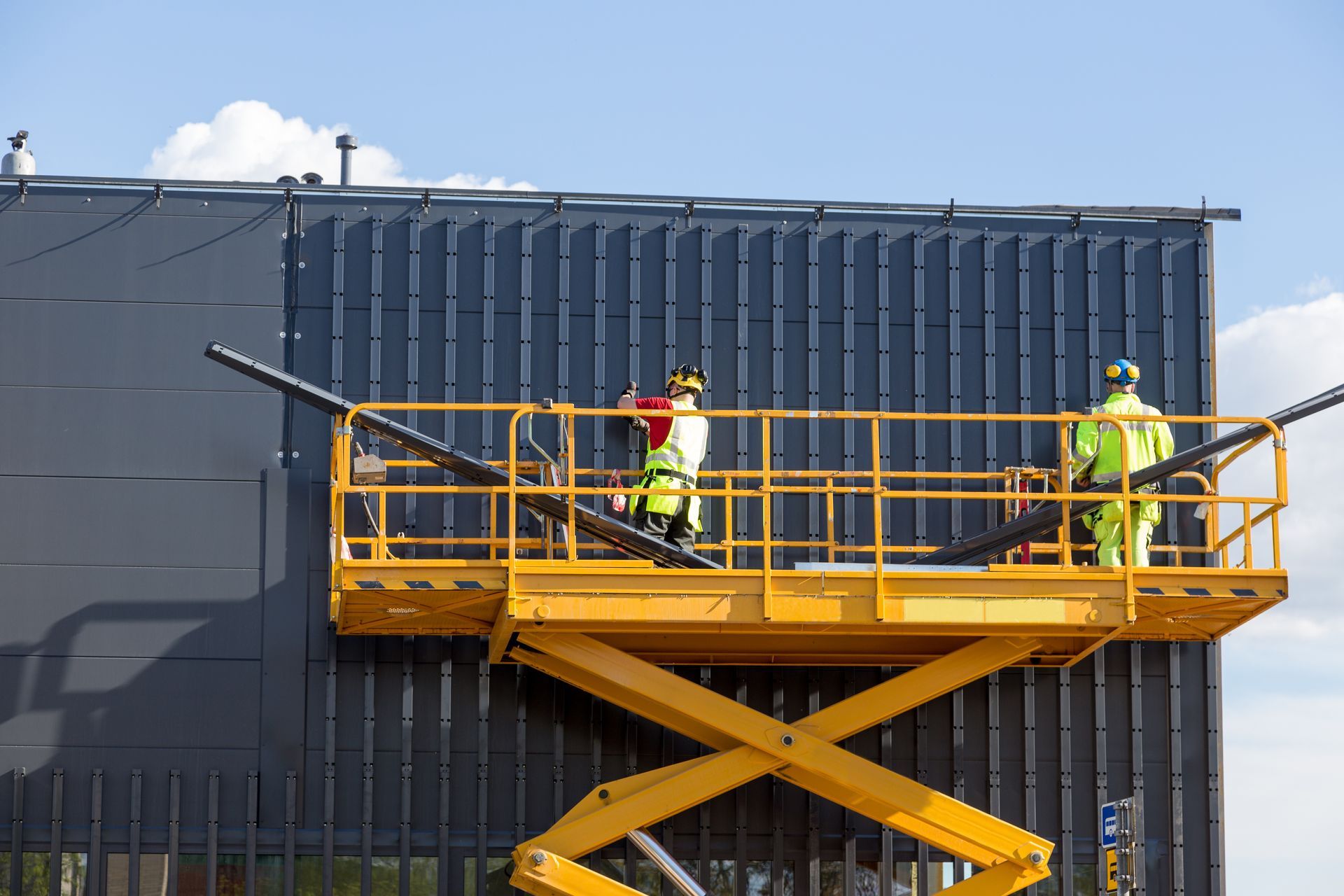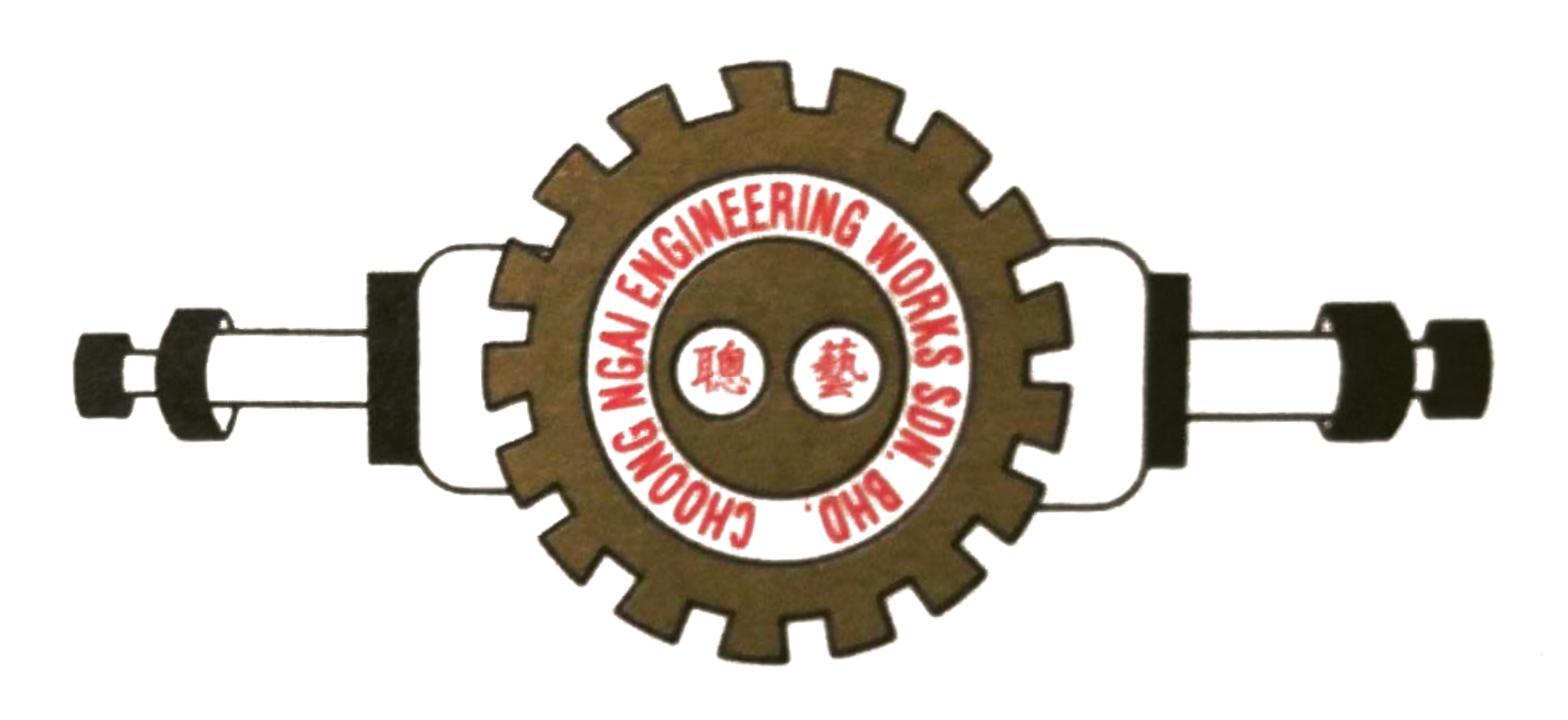Stainless Steel vs Carbon Steel: What Are The Differences
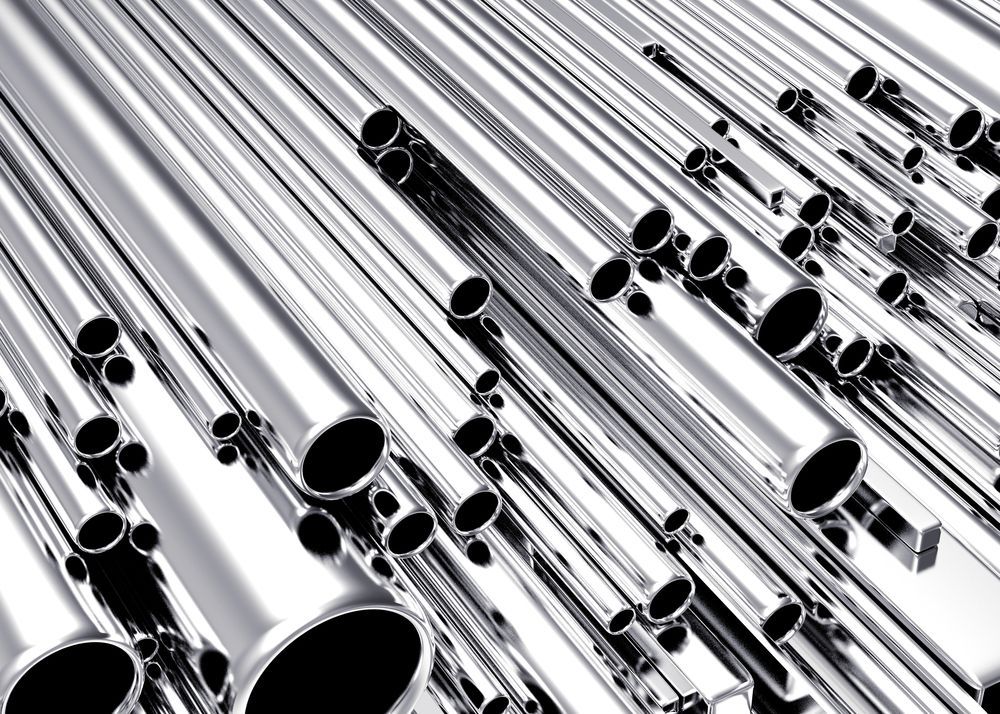
Most of us don't often think about all the variations in steel goods. However, choosing the right kind of steel for a project is one of the most crucial choices you'll ever make. This is why it’s important to understand the type of steel you'll use, as you will need to choose between different grades. Carbon and stainless steel are the two most popular varieties, and each has a few unique qualities.
Steel is one of the modern world's most important building and engineering elements. Due to its extraordinary strength and adaptability, it is widely used across various industries.
Let's look at the different characteristics between stainless steel and carbon steel to help you better understand the world of steel.
What Is Stainless Steel?
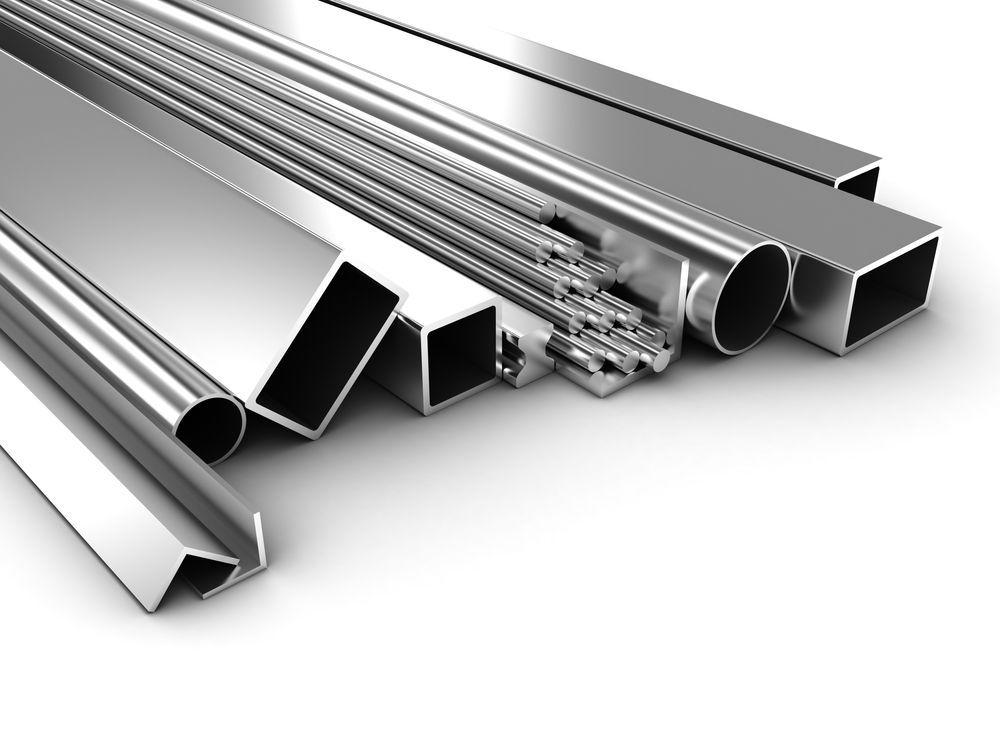
The term "stainless steel" refers to a particular kind of steel that has had chromium and possibly other alloying elements like nickel added. It is frequently referred to as "inox steel" since it is made to prevent oxidation and is hence "inoxidable."
Iron rusts when exposed to oxygen, while chromium may be exposed to oxygen without going through this process. Thus, chromium is added as a shield to stainless steel to form a barrier between atmospheric oxygen and the metal's iron content. As a result, it becomes "stainless," able to fend off corrosion and rust.
What Is Carbon Steel?
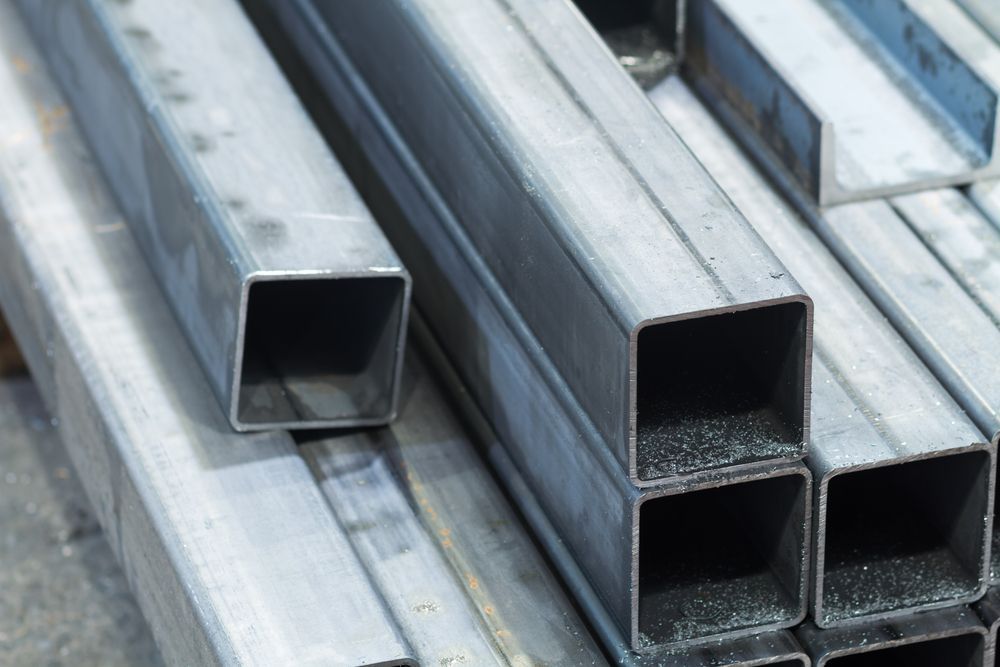
Contrarily, carbon steel contains far less chromium and is primarily an alloy of carbon and iron with very little, if any, additional element. It is therefore referred to as "low-alloy" steel.
While sharing the same fundamental chemical makeup as stainless steel, carbon steel can be distinguished from stainless steel by its carbon content. This typically ranges from 2-2.5%, but it frequently changes. Carbon steel is often less expensive and has unique mechanical qualities based on carbon content, yet it is vulnerable to rust, unlike stainless steel.
While high-carbon steel is stronger, it is also much harder to work with since it is softer and weaker. Low-carbon steel can be welded and machined readily.
What Are The Differences Between Stainless And Carbon Steel?
While carbon steel and stainless steel both have advantages, they also differ in several ways that make them suited for specific uses. Understanding the distinctions and similarities between carbon and stainless steel is critical to ensure that you get the appropriate material for your project.
Appearance
The metal's appearance must be considered if the task demands aesthetic appeal. When aesthetic appearance is essential, stainless steel with certain treatments is typically used.
Both materials can be sanded and polished to have a brilliant, shining appearance, but carbon steel needs a paint or clear finish immediately after the polishing procedure. Without it, the carbon steel will start to discolour and eventually rust.
Additionally, unlike painted carbon steel, which needs to be repainted or else it would rust, stainless steel will retain its brilliance in the scratched area.
Cost
Cost differences between carbon and stainless steel are another significant factor. Stainless steels are often more expensive than carbon steels, though prices vary depending on the grade. This is primarily a result of the addition of different alloying elements, including:
- Chromium
- Nickel
- Manganese
All of these extra components result in a higher price compared to carbon steel. Contrarily, most of the ingredients of carbon steel are relatively inexpensive iron and carbon. Carbon steel can be ideal if you're on a tight budget for your next project.
Mechanical Properties
Since there are so many distinct types and grades of each, it is challenging to generalise the mechanical qualities between carbon and stainless steel variations. Due to their specific higher nickel content, stainless steels have the potential to be more ductile than carbon steels. But there are also incredibly brittle stainless steel varieties, including martensitic variations.
Furthermore, most stainless steel grades contain alloying elements that boost strength; hence, carbon steels with very low quantities of carbon may not meet the tensile strengths of some stainless steels. Nonetheless, carbon steel can be heat treated more easily than austenitic stainless steel if it contains enough carbon (usually at least 0.30% by weight).
Corrosion Resistance
The most noticeable distinction between carbon steel and stainless steel is its capacity to withstand corrosion. Stainless steels are typically more resistant to corrosion than carbon steels, as their name suggests.
Iron is present in both carbon and stainless steel, where it oxidises in the presence of oxygen to form rust. Stainless steel has better corrosion resistance than carbon steel due to the addition of chromium. Compared to iron, chromium will more easily bind to oxygen.
The rest of the material is shielded from corrosion and deterioration by the chromium oxide layer that is formed when the chromium binds to oxygen. Typically, carbon steel lacks enough chromium to develop this chromium oxide layer, which allows oxygen to interact with the iron and produce iron oxide or rust. Thus, stainless steel is the material of choice if corrosion resistance is a vital consideration.
Which Is Better?
Consideration and careful consideration are required when deciding between carbon steel and stainless steel for a certain purpose. Spending more money on stainless steel just for its beauty makes no sense if the metal will be concealed from sight.
Nonetheless, stainless steel can be ideal if it is out of sight but exposed to corrosive conditions. The decision will ultimately be based on the particulars of the task or project.
Looking for a quality stainless steel fabrication company in Malaysia ? Choose Choong Ngai Engineering!
So, if you're looking for a stainless steel fabricator in Malaysia, visit us at Choong Ngai Engineering today to speak to our experts. We at Choong Ngai Engineering have years of experience and knowledge to answer your doubts or concerns, and we ensure to provide you with the quality solution you're looking for. Call us now!
